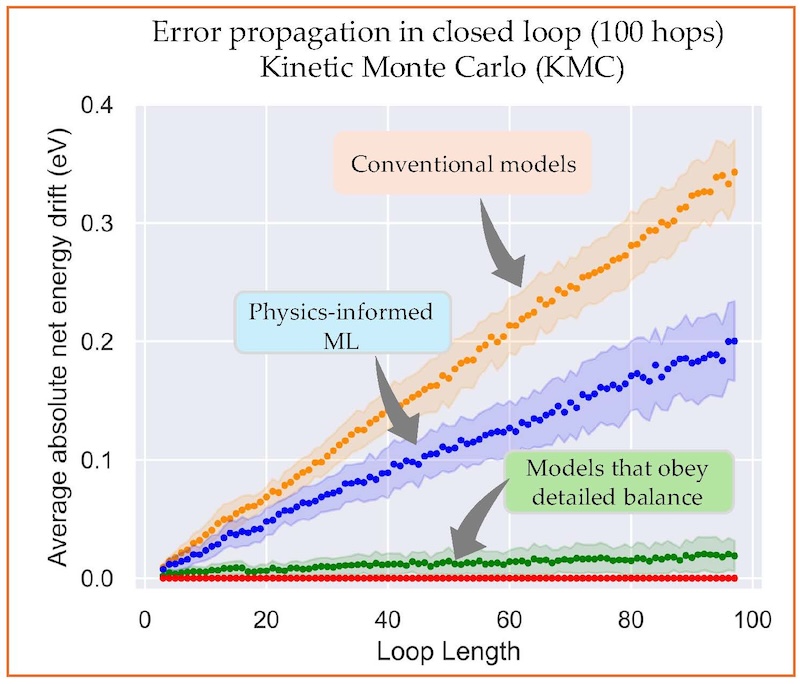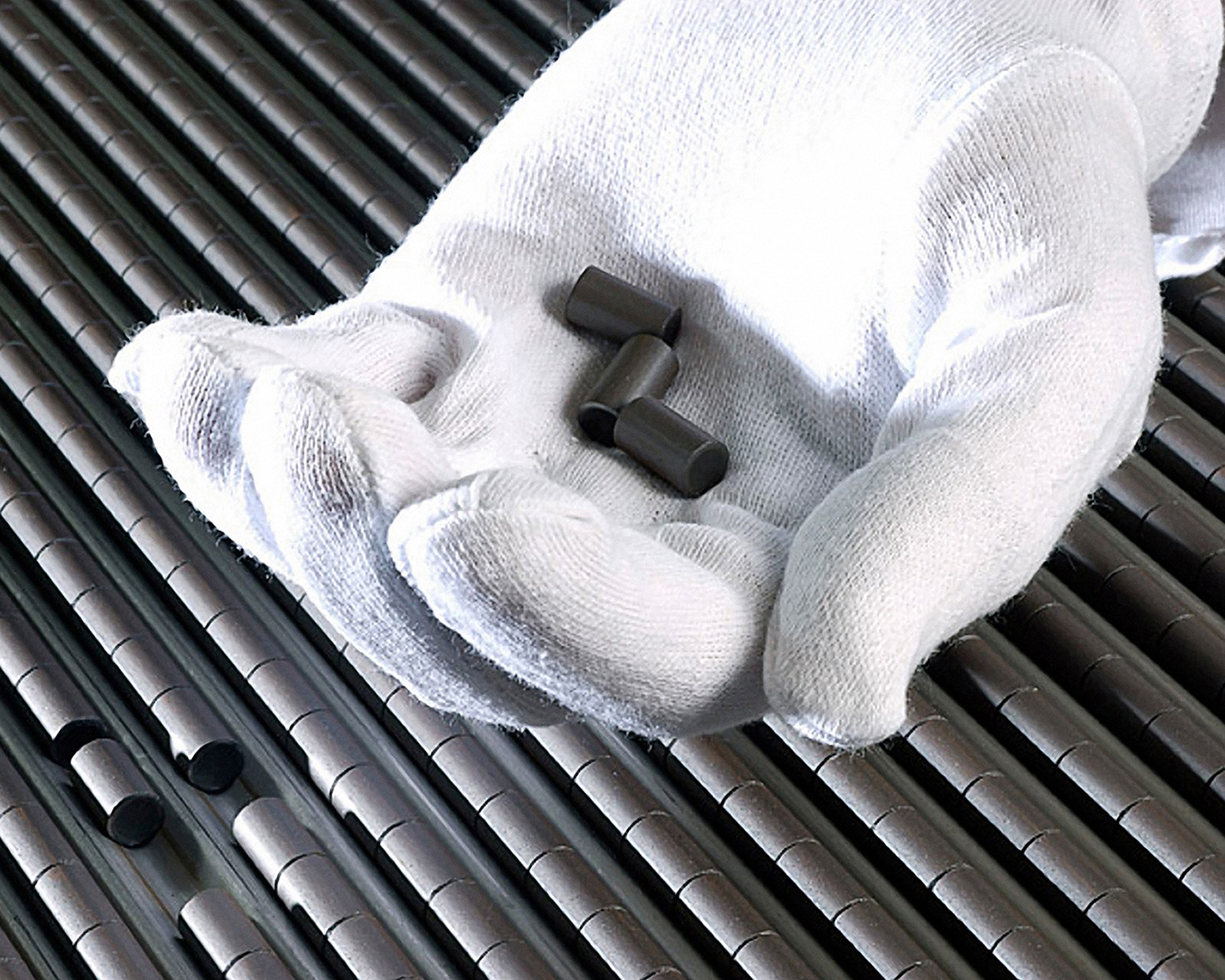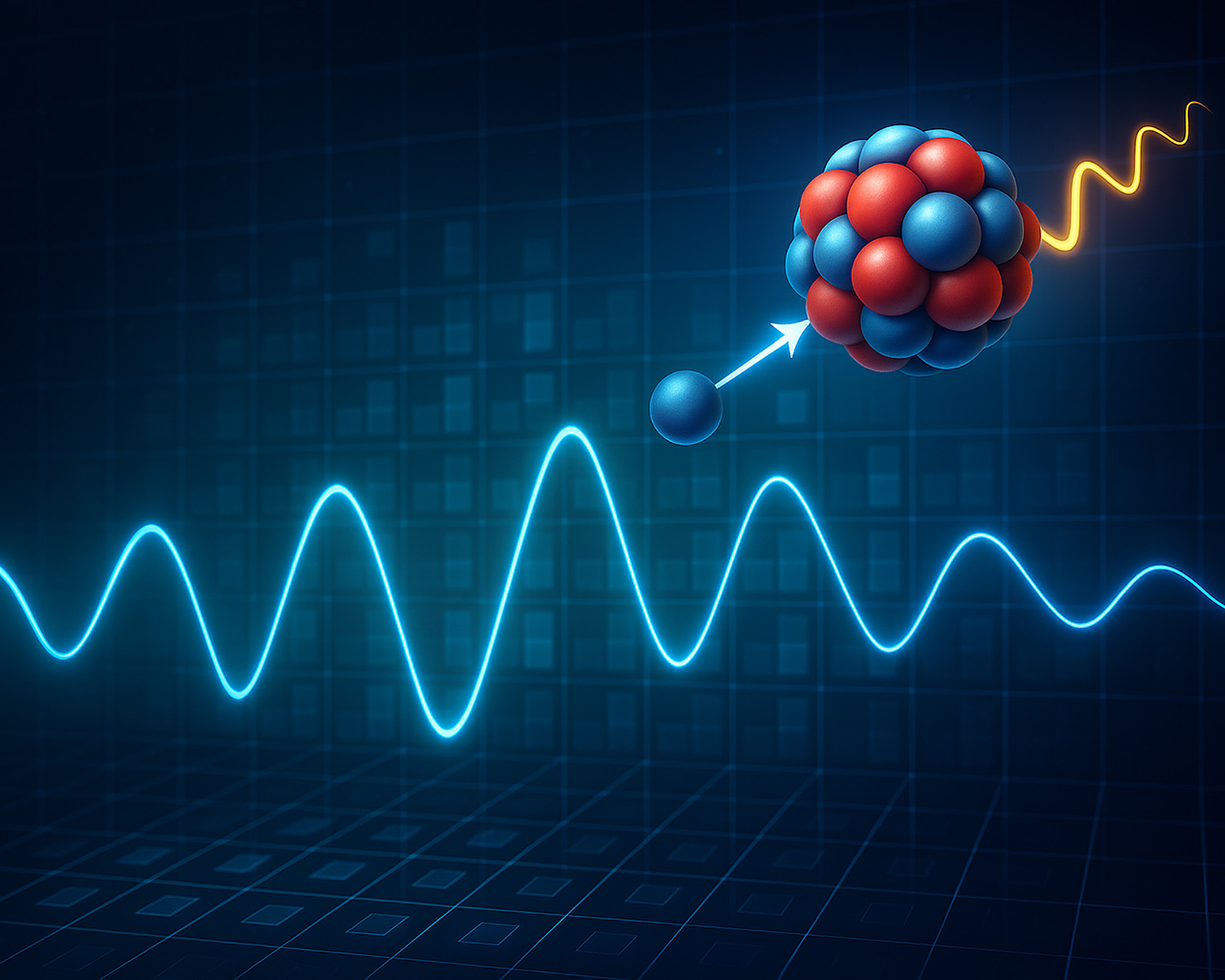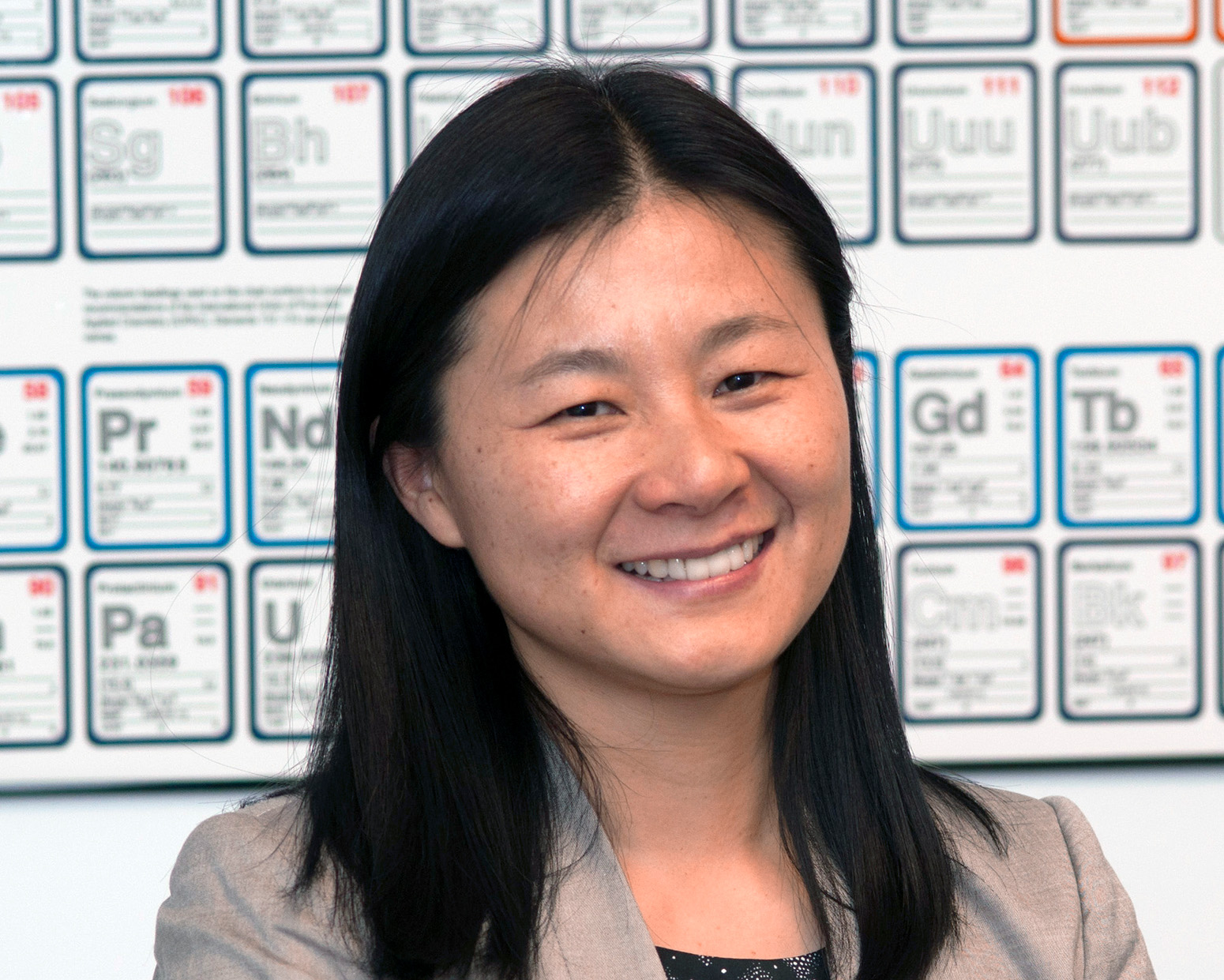How to train a materials model to enforce the laws of physics
Machine learning approach makes predictions more reliable

Never violate key physical laws when simulating how materials change over time. That’s the requirement Los Alamos researchers ingrained in machine learning models.
Now these “naturally constrained models” are not only more trustworthy, but also more accurate than conventional approaches.
Read the paper
Why this matters: Materials in operation often change very slowly — over months or years — making them difficult to study directly. With these new models, researchers can simulate long-term material evolution without worrying about machine-learning algorithms producing results that break physics principles.

How they did it:
- To capture gradual materials changes at the atomic level, scientists use special methods (such as kinetic Monte Carlo algorithms) to “skip ahead” in time. However, complex materials have too many possible atomic changes to enumerate a priori, so this team used machine learning to predict those changes on the fly.
- By building in physics rules, this novel machine learning approach makes these predictions more accurate and reliable without extra computer cost.
- The work leveraged the Laboratory’s expertise in materials science, computational physics, and theoretical modeling and simulation.
Funding: Los Alamos’s Laboratory Directed Research and Development program
LA-UR-25-31133





